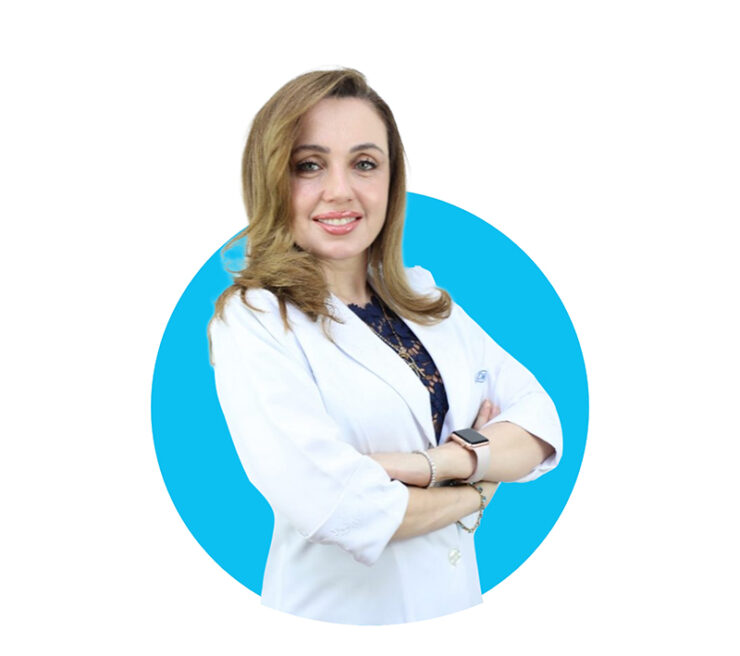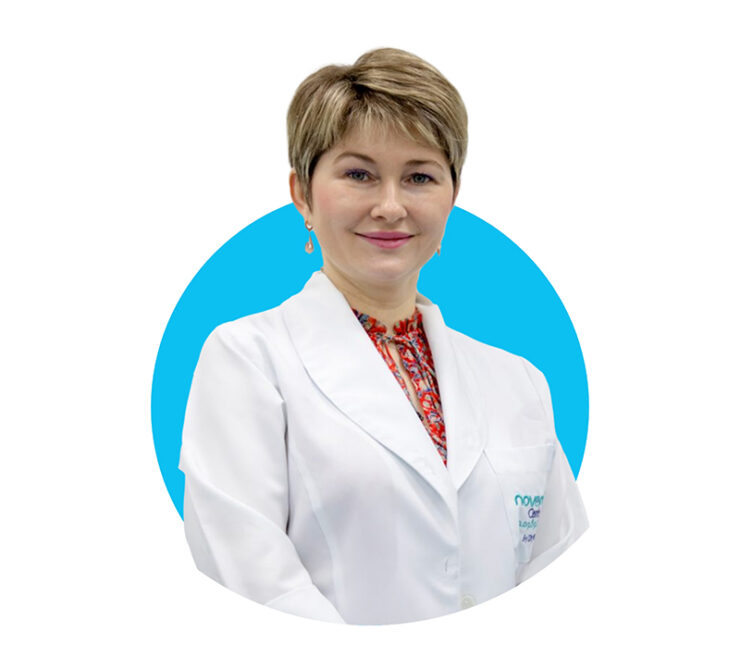Mustache hair transplant
What is a mustache hair transplant?
Mustache hair transplant is a procedure in which hair is transferred from areas with dense hair growth, such as the scalp or chest, to the mustache area. This procedure involves using hair transplantation techniques such as the FUE technique, which is provided at Novomed by highly skilled doctors with experience in the field of hair transplantation.
During a mustache hair transplant, approximately 4000 to 7000 hair follicles are transplanted separately, so that the mustache appears natural and thicker without undergoing any invasive procedure.
Am I a suitable candidate for a mustache hair transplant?
Although mustache hair transplant is an optional cosmetic procedure for men, there are some cases in which this procedure becomes necessary, including:
- Men who suffer from burns or scars in the mustache area that are not treatable with plastic surgery can benefit from mustache hair transplant to cover such marks.
- Men who had surgeries or accidents that caused or involved removing the layers of skin responsible for the growth of mustache hair.
- Men who suffer from hairless skin or weak hair growth in the mustache area due to natural genetic factors.
During your consultation, the doctor will examine the donor area of the hair follicles to check its suitability to the nature of the hair in the mustache area. Then they will provide you with some instructions to be followed before the operation, such as:
- Avoid smoking for at least one week before the procedure, to speed up post-operative healing.
- Stop the use of anti-inflammatory drugs and vitamins that may lead to bleeding after the operation. Examples of these drugs are ibuprofen and blood thinners.
- Take vitamin C daily during the week before the procedure to speed up post-operative recovery.
- Do not shave the hair in the donor area before the operation, as this point will be taken care of in the doctor’s office before the procedure.
- Before the procedure, the patient will be given sedatives to reduce any discomfort during the procedure.
- A blood sample will be drawn from the patient to extract the plasma for preparation and later use.
- This procedure is done under local anesthesia using the FUE extraction technique, which requires skill and precision on the part of the specialized doctor.
- The doctor marks the recipient area of the hair follicles, which was previously determined according to the patient’s requirements, by drawing lines to help them during the follicle transplantation.
- The patient skin will be sterilized, after which the doctor injects a local anesthetic around the donor area then will remove the hair follicles from using a rotary device called (Rotary Punch Device), which has a pointed tip with a diameter of between 0.7 to 0.95 mm. This device penetrates the layers of the skin and rotates at an angle of 360 to separate the hair follicles from the surrounding tissues, then the doctor removes the follicles without affecting the length and quality of the hair.
- The doctor removes about 4000 to 7000 follicles from the donor area. The number varies according to the nature of the recipient area and its needs.
- The recipient area is injected with local anesthesia, and the previously prepared plasma from the sample taken from the patient is injected, as it is rich in platelets and nutrients that nourish the transplanted hair and prevent the bleeding that may result after hair transplantation in the recipient area.
- The medical team prepares the removed follicles and places them in an implanter pen, which is used to inject the hair follicles into the recipient area.
- The doctor injects the follicles with high precision and skill according to a previous arrangement and at a certain angle to ensure that they reach the blood vessels necessary for nutrition and growth. These follicles are injected one by one, which takes more effort and time, but gives better results than other techniques.
- After completing the injection of hair follicles in the mustache, the doctor covers this area with a compression bandage to prevent inflammation.
- After the local anesthesia wears off, you may feel some tingling or tightness, and the doctor can prescribe some painkillers to relieve these symptoms.
- Some inflammation, redness, or scales may appear around the hair transplanted in the mustache area, and it may last for several days after the procedure but will gradually improve after taking the medications prescribed by the doctor.
- Avoid touching, rubbing, or exposing the recipient area to the sun for a week after the procedure.
- The mustache area must be kept dry for the first five days after the procedure.
- Avoid any strenuous physical activities that might affect the transplanted hair during the week after the hair transplant procedure.
- About 15 to 21 days after the procedure, the patient will notice hair loss in the recipient area, and this is normal and expected to happen due to the hair follicles entering a relaxation phase before starting a new hair growth cycle.
- About two months after the procedure, new hair begins to appear in the recipient area. It looks light at the beginning and then gradually grows to become thicker and longer after six months. The growth period may vary from person to person, as hair growth in some people may begin after three months.
- About six months to a year after the procedure, full results begin to appear, as hair starts to look thicker and more natural.


